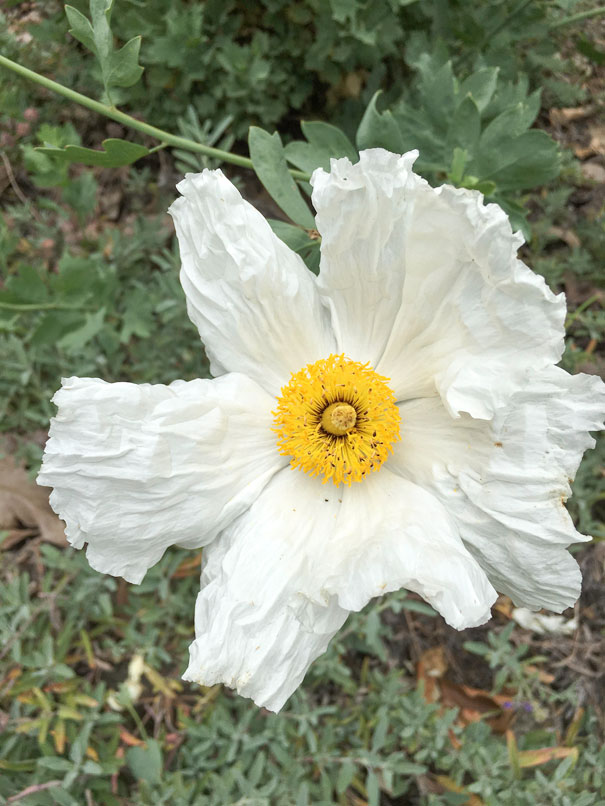LETTERS FROM THE GARDEN
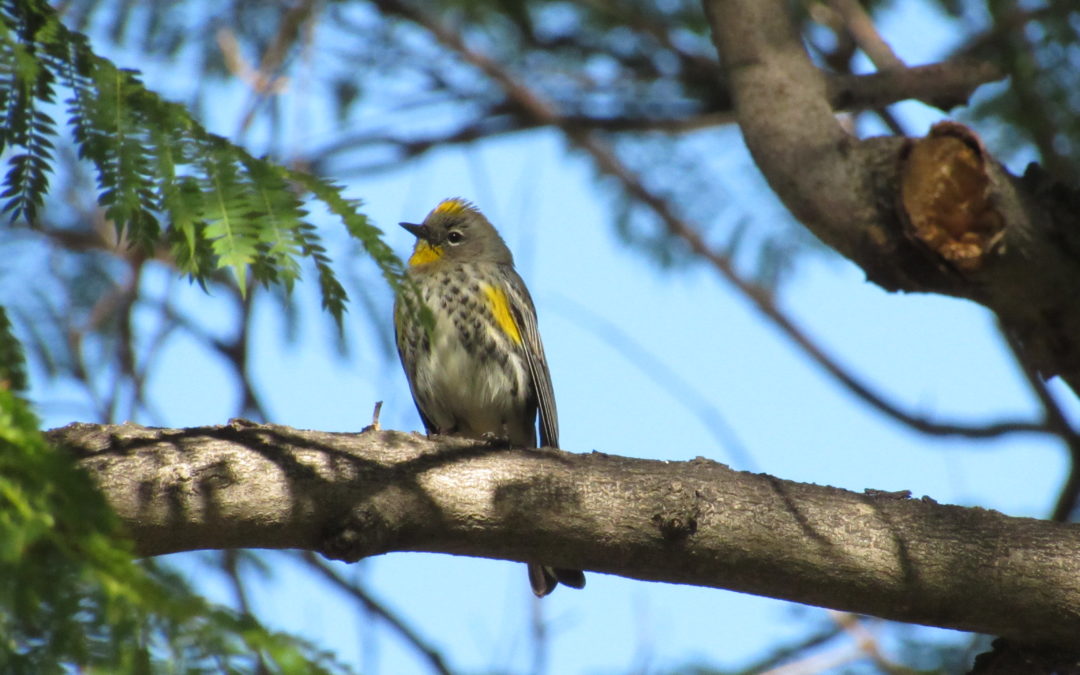
Resilience Gardening: Gardens for Wildlife
Resilience Gardening is a monthly feature during the pandemic in which our Director of Horticulture gives advice to gardeners interested in regenerative gardening. This month, we discuss gardening for wildlife.
(1) You use regenerative gardening practices at Arlington Garden — how would you characterize regenerative gardening and how does it help create habitat for our local species?
My gardening philosophy, even before I knew the expression “regenerative gardening,” has always been to imitate the natural processes that occur in forests. The most important among these are rebuilding the soil by avoiding soil disturbance (to encourage the network of beneficial fungi), capturing rainwater, and putting carbon (in the form of brown plant matter) back into the soil to sequester it.
By using these practices, your garden is going to be well-balanced, and it will not require the use of pesticides or other chemical agents such as fertilizers. This balance allows the garden to support a great diversity of plants and associated insects, which are all part of this system, and provide food and shelter for native birds and other animals. read more…
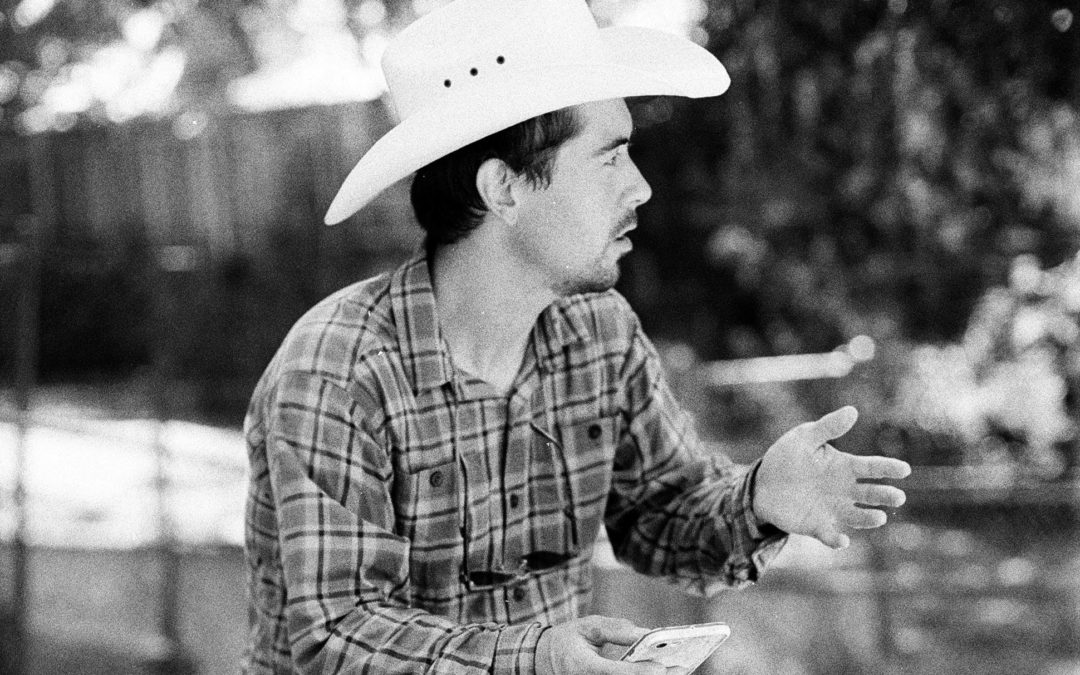
Tim Martinez, Arroyos and Foothills Conservancy (Earth Share Episode 5)
In partnership with LA Nature for All, Earth Share is a series of conversations on IGTV with the goal of sharing knowledge and inspiration with organizations and individuals caring for the Earth. The following is a partial transcript of our conversation with Tim Martinez, Land and Program Administrator at the Arroyos and Foothills Conservancy. It has been edited for clarity and length.
Click here to watch the complete fifth episode.
Paloma Avila: We would like to start by asking you, what does nature mean to you?
Tim Martinez: What a question, you know? I think about nature all of the time, but what does nature itself mean? Really, I see nature as our underlying reality.
We do separate ourselves from it a lot in our civilization, where a lot of things can be artificial. We can be abstracted away from nature. But when I think “what does nature mean to me?” it seems hard to be truly separate from nature. It’s not just the trees and ecosystem. It’s all of reality. Ultimately, I think it’s hard not to be in nature.
When I’m out in a more-or-less intact ecosystem or native habitat, that’s the highest representation of reality and natural order. This is the environment that all life evolved into and so, for me, this is the highest manifestation of reality. There’s so much to be learned from that. read more…
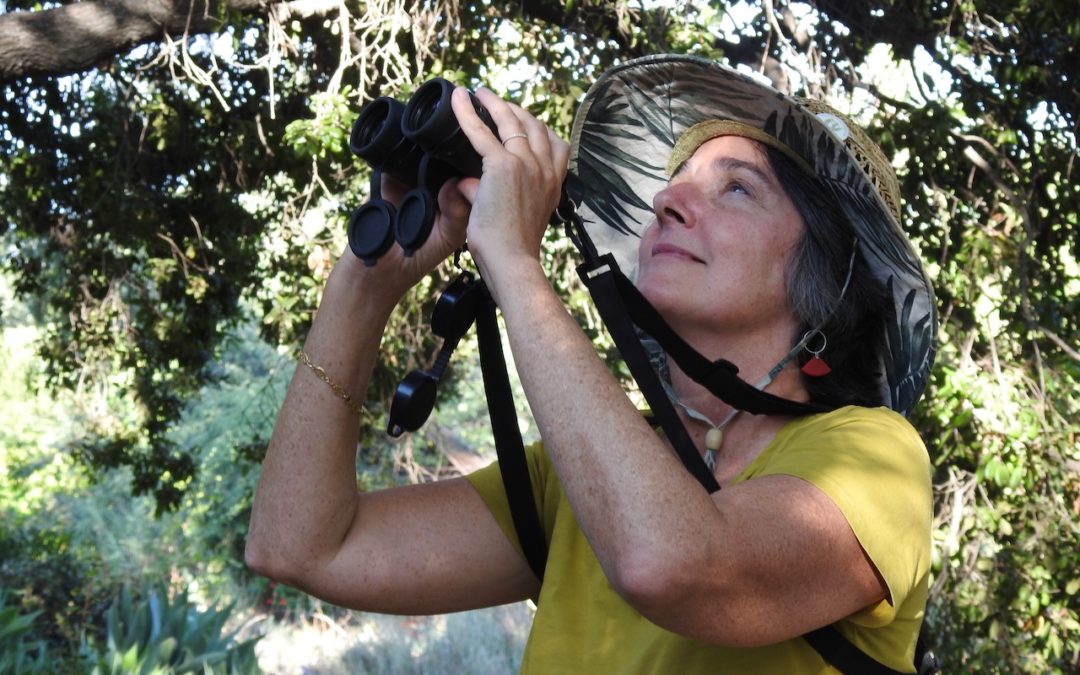
Pasadena Audubon: Conservation and the Pleasures of Birding w/ Lois Brunet
Image credit Jane Glicksman, photo of Lois Brunet at Arlington Garden
106 years have passed since the extinction of the Passenger Pigeon, which went from flocks of hundreds of millions crossing the landscape like storms to a single bird “Martha” — the last of her species — who died in captivity in 1914. Unrestricted commercial hunting and trapping, among other causes, were responsible for the sudden and terrible disappearance.
Pasadena Audubon was founded in 1904, near the end of this extended disappearance, in order to protect another native pigeon (the Mourning Dove) from the same indiscriminate slaughter. One of its founding members, Scott Way, called the first meeting of the Society after responding to gunshots only to discover a wagon stacked full of dead doves.
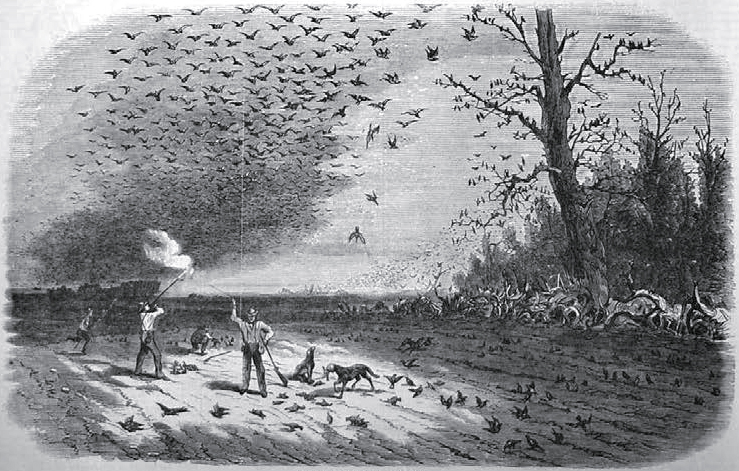 Frank Leslie’s Illustrated News (vol. XXV, no. 625, p. 8), 1867, “Shooting wild pigeons in Iowa”
Frank Leslie’s Illustrated News (vol. XXV, no. 625, p. 8), 1867, “Shooting wild pigeons in Iowa”
The Society was originally named the “California Audubon Society,” and it was the first such organization in California. In fact, at 116 years old, it is older than the national Audubon organization, which was founded one year after Pasadena Audubon. read more…
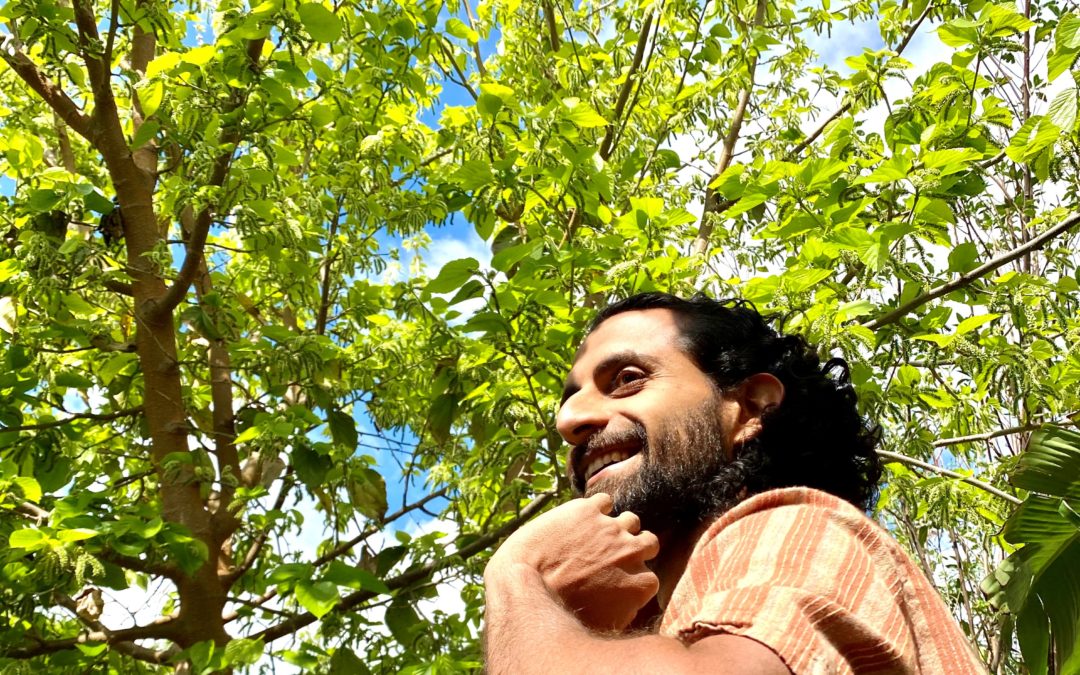
Rishi Kumar, Healing Garden Co (Earth Share Episode 4)
In partnership with LA Nature for All, Earth Share is a series of conversations on IGTV with the goal of sharing knowledge and inspiration with local organizations and individuals caring for the Earth. The following is a partial transcript of our conversation with Rishi Kumar, founder of the Sarvodaya Institute and Healing Gardens Co. It has been edited for length.
Click here to watch the complete fourth episode.
Paloma Avila: What does nature mean to you?
Rishi Kumar: I have come to realize that nature means everything. In some sense, to me, it has become a word that … we have chosen to limit the meaning of. And a lot of times, in my view, we have used inappropriately. Nature is everything: nature is everywhere. What we are doing as urban gardeners is really realizing that you don’t need to go anywhere to find nature, it’s in front of you, or it’s with you because she is you.
Healing Gardens Co(mmunity) is all about connecting people with the healing power of gardens, especially people who do not have access to gardens in urban areas. read more…
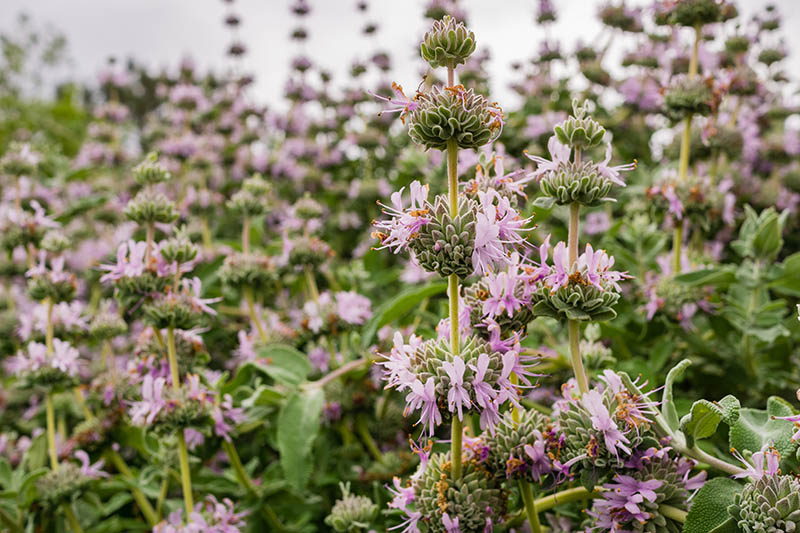
Why gardening? (Rishi Kumar)
Rishi Kumar is the founder of the Sarvodaya Institute and co-founder of Healing Gardens. This article originally appeared on his website. Our Earth Share IGTV interview with him is available here.
When people ask me what I do for a living, I struggle to find an answer. If I say I’m a gardener, I get one of two responses: “Oh that’s cute” or I watch in terror as a I shrink in their eyes into the “menial” class.
Sometimes I say I work on climate change and agriculture, other times I just say “sustainability consultant.” These sounds appropriately official, though neither feels good on me. read more…
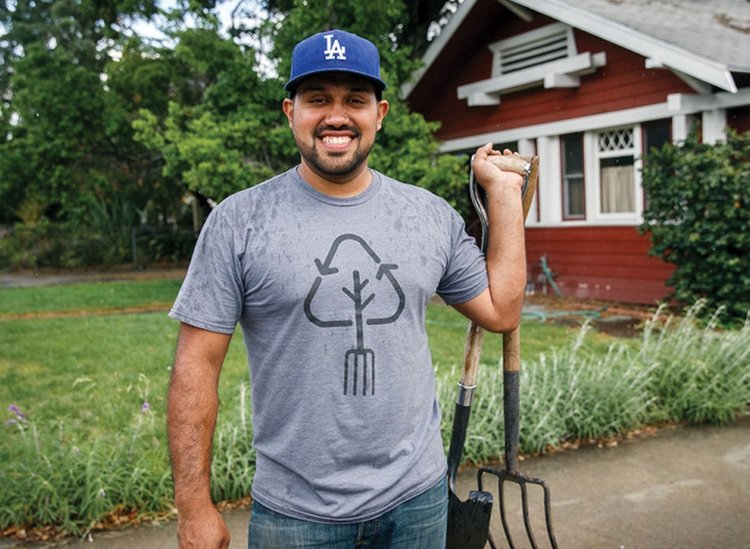
Michael Martinez, LA COMPOST (Earth Share Episode 3)
In partnership with LA Nature for All, Earth Share is a series of conversations on IGTV with the goal of sharing knowledge and inspiration with local organizations and individuals caring for the Earth. The following is a partial transcript of our conversation with Michael Martinez, founder and Executive Director of LA COMPOST. It has been edited for length.
Click here to watch the complete third episode.
Paloma Avila: What does nature mean to you?
Michael Martinez: Nature to me, really is just life. I feel like, growing up, I would often box that term to mean only things that were really distant from me or things we would have to go visit. I grew up here in the San Gabriel Valley: when we go to the mountains, we’re in nature; go to a lake, we’re in nature; river, ocean. Little by little as I grew up, I realized that nature isn’t what’s around us, it is us. We are nature, we are a part of it and how our effort and role is connected to it, it is one and the same.
I also feel that, for us at LA Compost, when I say “connecting the people of L.A. to the soil,” it’s essentially connecting people to life, what brings life. And reminding people of our humanity and recognizing that when the Earth is in pain that is also because we are in pain. The intersection between it all, I feel, is important to recognize. It is not some distant thing. Even if you are in Los Angeles, with an apartment, the alleyways, your backyard, and your window view is a cement brick wall, you are a representation of nature in and wherever you are. read more…
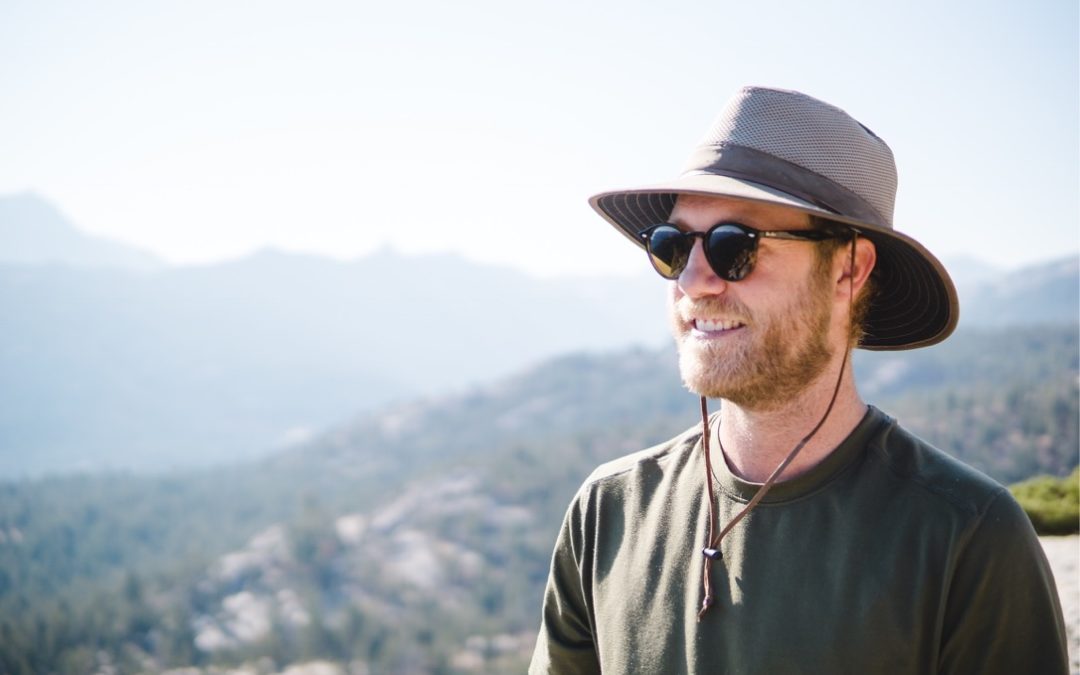
Native plants and plant succession gardening w/ Tim Becker
Tim Becker, Director of Horticulture at the Theodore Payne Foundation, shares his thoughts about native plant gardening, the relationship between natural landscapes and gardens, and the history of the California Native Plant Walk at Arlington Garden. This interview has been edited for length.
AG: How did the California Native Plant Walk / demonstration garden come to be?
TB: Making beautiful native plant gardens accessible to the public is a core part of our strategy [at Theodore Payne Foundation] to bringing about a greater awareness of native plants and their use in home and commercial landscapes. Kyra Saegusa, who was working as a special projects coordinator at the time, reached out to us in mid-2017 to see if we were interested in pursuing a project in an area of the garden that had been formally designated as a wildflower meadow. We had actually been in touch previously through our Garden Share Network program which links free plants with gardeners/gardens in exchange for stock material of uncommon natives so as to preserve them horticulturally.
This new project was really about creating a solid stand of native plants to inspire people about how they add value to their garden, but also to promote butterfly habitat in the garden, which I believe was part of the objectives of AG at the time. AG Director Michelle Mathews also came on board right around the time this project started so it was also a great way for our organizations to connect and evaluate how we could enhance each other’s mission and co-promote natives through AG. read more…
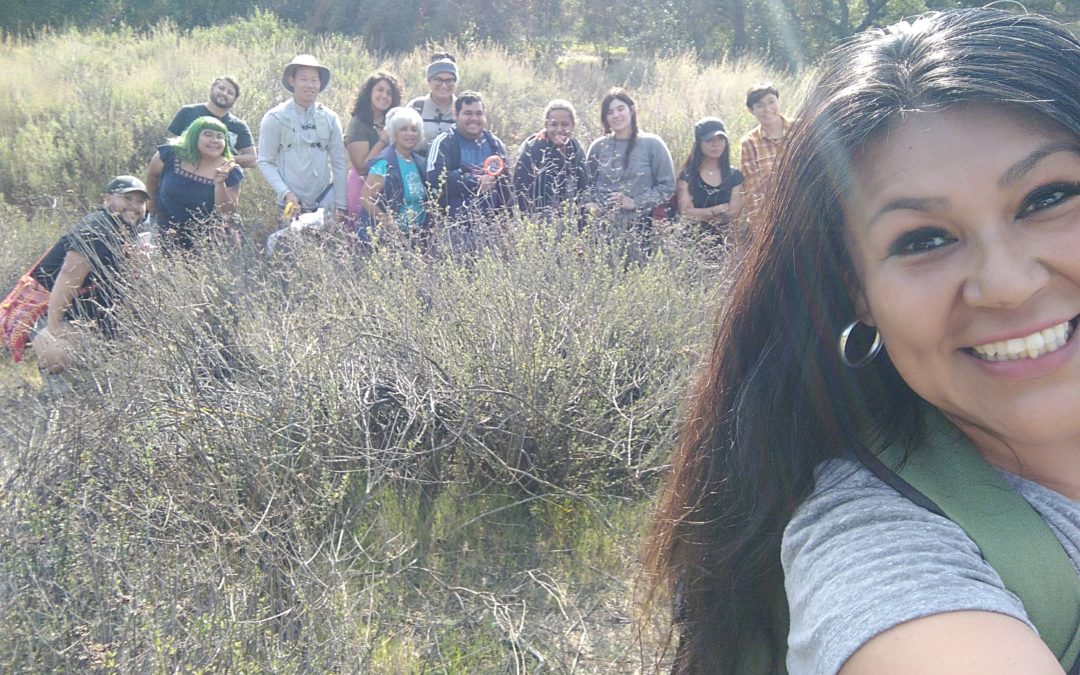
Brenda Kyle, Theodore Payne Foundation (Earth Share Episode 2)
In partnership with LA Nature for All, Earth Share is a series of conversations on IGTV with the goal of sharing knowledge and inspiration with local organizations and individuals caring for the Earth. The following is a partial transcript of our conversation with Brenda Kyle, Volunteer Coordinator at the Theodore Payne Foundation. It has been edited for length.
Click here to watch the complete second episode.
Paloma Avila: I wanted you to talk about your experience with Nature for All and your connection with them.
Brenda Kyle: It was a very positive experience learning organizing. I think we all know how to organize, we just need to brush up on those skills. And art as activism. That blew my mind. And activism is storytelling, that’s the one that really stuck with me personally: Storytelling is activism. That oral tradition, getting someone to empathize with what you’re saying, maybe not to convince, but maybe to have them see things a little differently.
PA: Can you tell us about some of the work, and I know you do a lot of work all over the place, but some of the work you’re doing now?
BK: Right now, I have been quietly organizing to get binoculars so that we can get more people of color out birding. It hasn’t been easy, it has been very difficult on a very personal level. But the only way we can normalize seeing people of color out in nature is by being the people of color out in nature. read more…
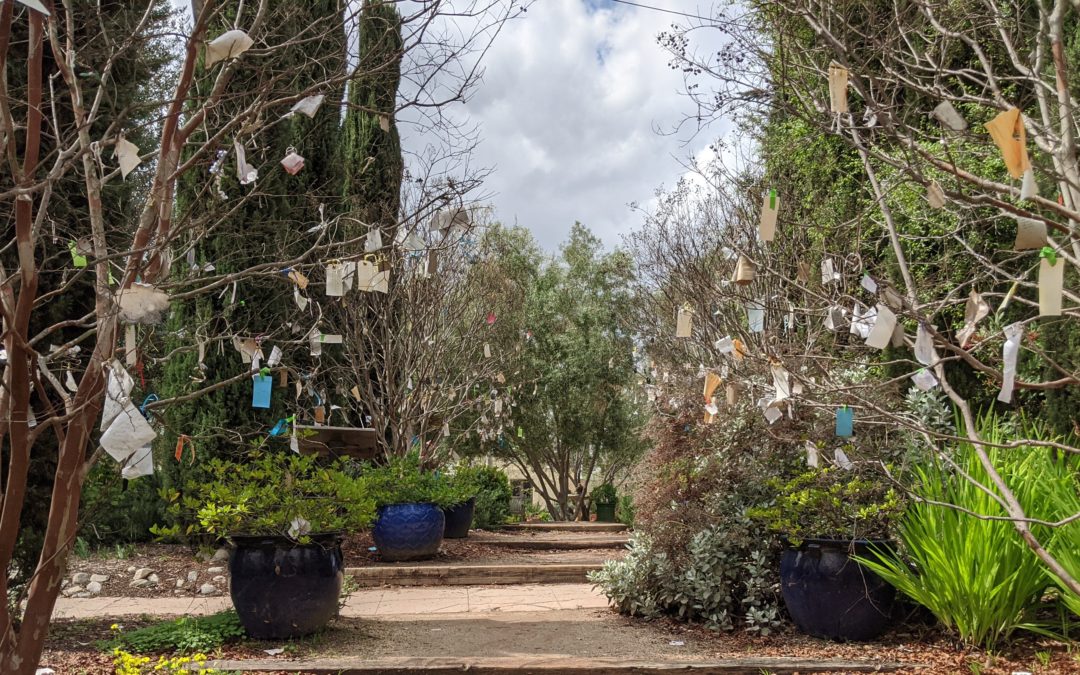
An Open Letter in Solidarity with the Protestors
Dear Supporter of Arlington Garden,
We must come together as a community to build healthy communities, dismantle structural racism and inequality, and defeat White Supremacy. The killing of Ahmaud Arbery, Breonna Taylor, George Floyd, Tony McDade, and many other Black people has led to peaceful protests and gatherings to mourn. Protests like these are the foundation of democracy, and I hope that they lead to real, positive, and equitable change within our communities and in our relationships to nature. I encourage you to take action, make your voices heard, and support the survivors, leaders, and organizers leading the protests.
The task to combat racism and build a healthier community must be multifaceted, holistic, and personal. One of the ways is advocating for access to public outdoor space. read more…
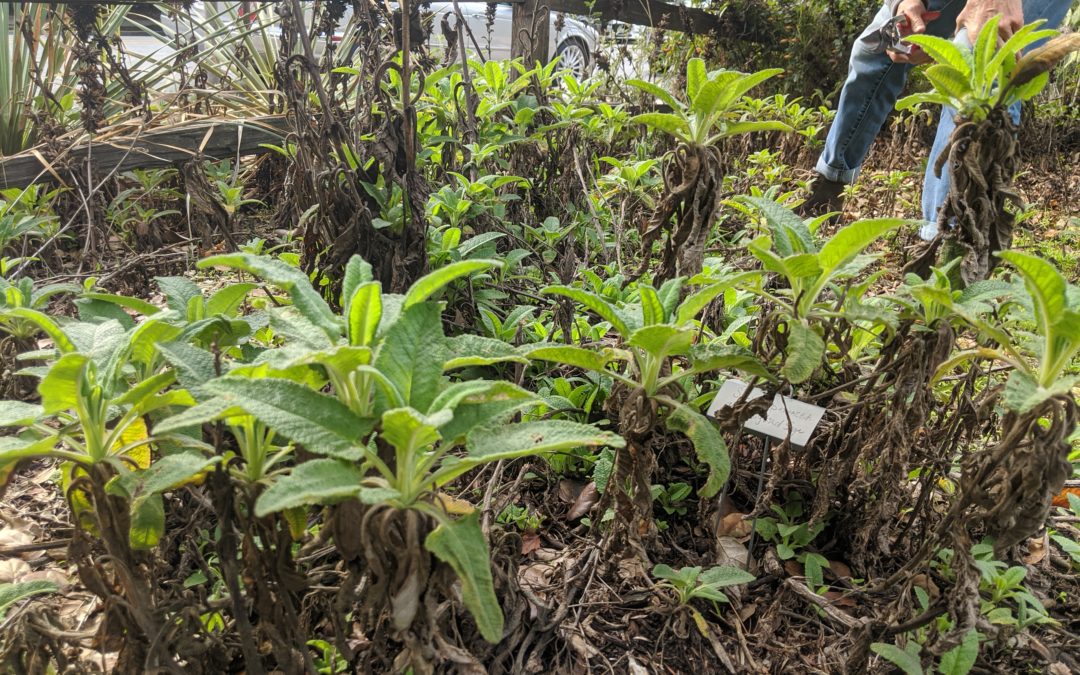
Resilience Gardening: Native Plant Gardening
Resilience Gardening is a monthly feature during the pandemic in which our Director of Horticulture gives advice to new gardeners interested in regenerative gardening. This month, we discuss gardening with native plants.
AG: Summer is approaching! Are pandemic gardeners in Southern California still able to plant native species in their garden?
LT: I do not recommend it. The time to plant in Southern California is in the cooler Fall through Spring (basically the so-called “rainy season”). Even in the Fall and Spring, you will want to plant on a day that is cool and not (for example) during one of our inevitable Fall heatwaves.
Most of what you can do now is plan for the planting season: figure out what species you would like to plant and make some sketches. Be sure to research the mature size of the species you are interested in! When you buy native plants, you often find them in smaller-sized pots, but your little purchase might grow to be a 20 feet high shrub!
Waiting until the Fall is difficult, but you can water the area that you intend to plant occasionally to help activate the microorganisms in the soil. And you can build swales and basins (if appropriate) to redirect and utilize rainwater on the site. read more…

